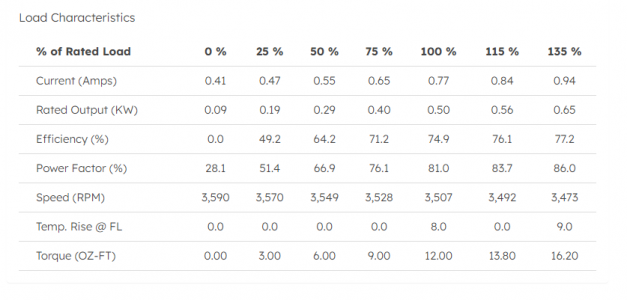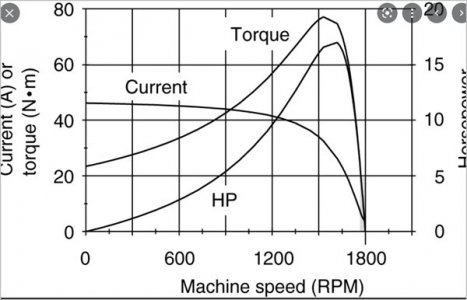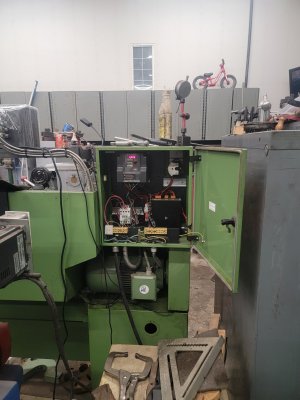On my long term project list is getting familiar with VFD/motors for some specific applications. I thought about retrofitting my 110v 1/3HP? Taiwan drill press with a suitable motor/VFD to give me some practical experience & of course a useful end result.
One thing I've never understood is there appear to be simpler standalone VFD controls like seen on belt grinders & such. They basically wire them up & go. Then there are installations like Clough42 with a separate enclosure, fans, noise filters, special fuses etc. The components & features vary by project of course, but some of these are in comparable HP range. I don't tend to see many adverse comments from the belt grinders that they are experiencing noisy line glitches or VFD is heating up. Is the enclosure more about the VFD itself, bigger machines & more sophisticated running conditions?
One thing I've never understood is there appear to be simpler standalone VFD controls like seen on belt grinders & such. They basically wire them up & go. Then there are installations like Clough42 with a separate enclosure, fans, noise filters, special fuses etc. The components & features vary by project of course, but some of these are in comparable HP range. I don't tend to see many adverse comments from the belt grinders that they are experiencing noisy line glitches or VFD is heating up. Is the enclosure more about the VFD itself, bigger machines & more sophisticated running conditions?



